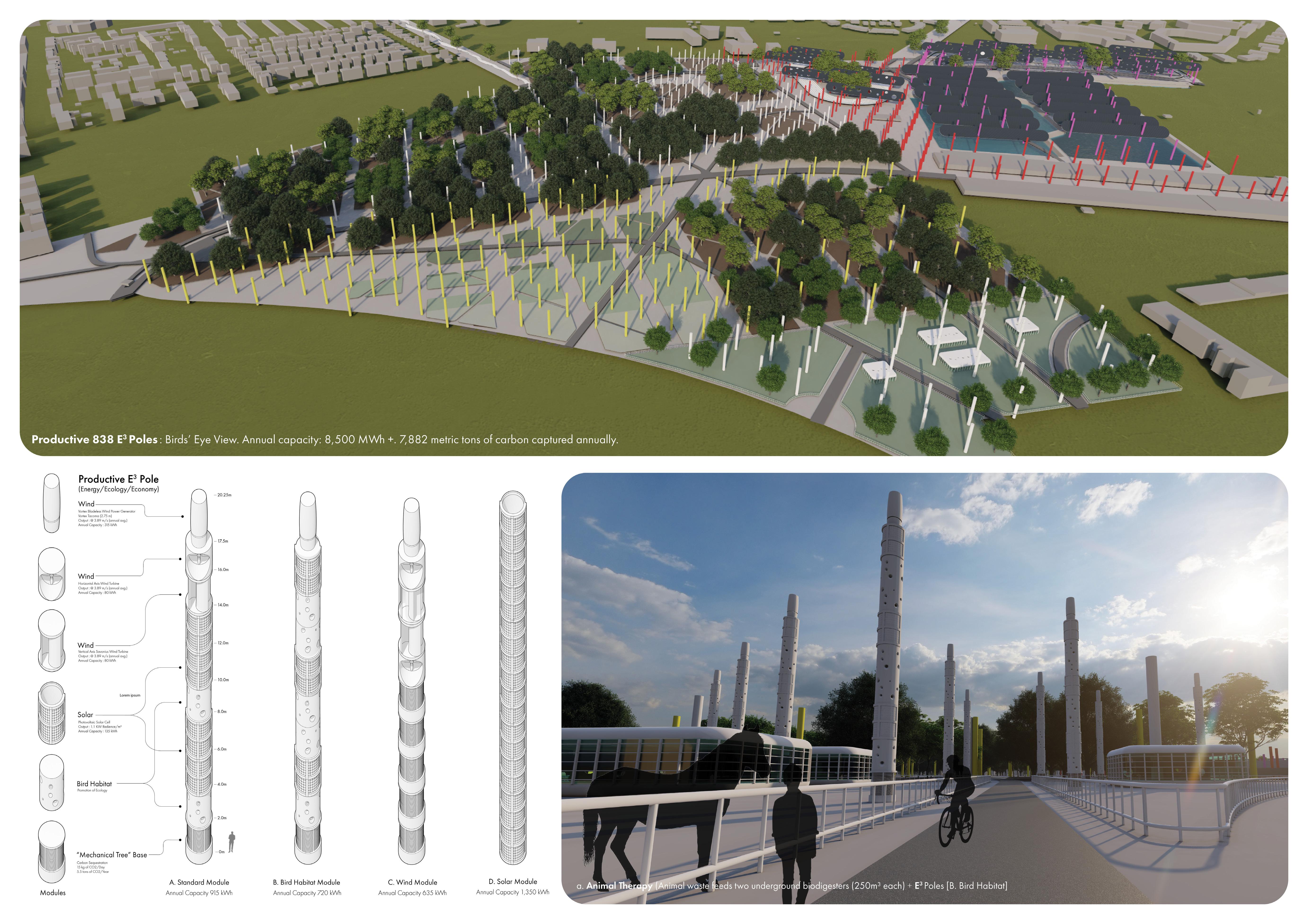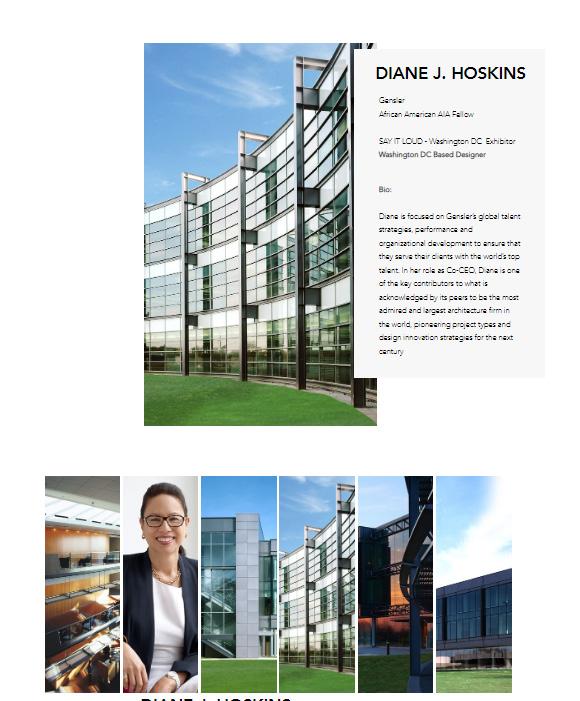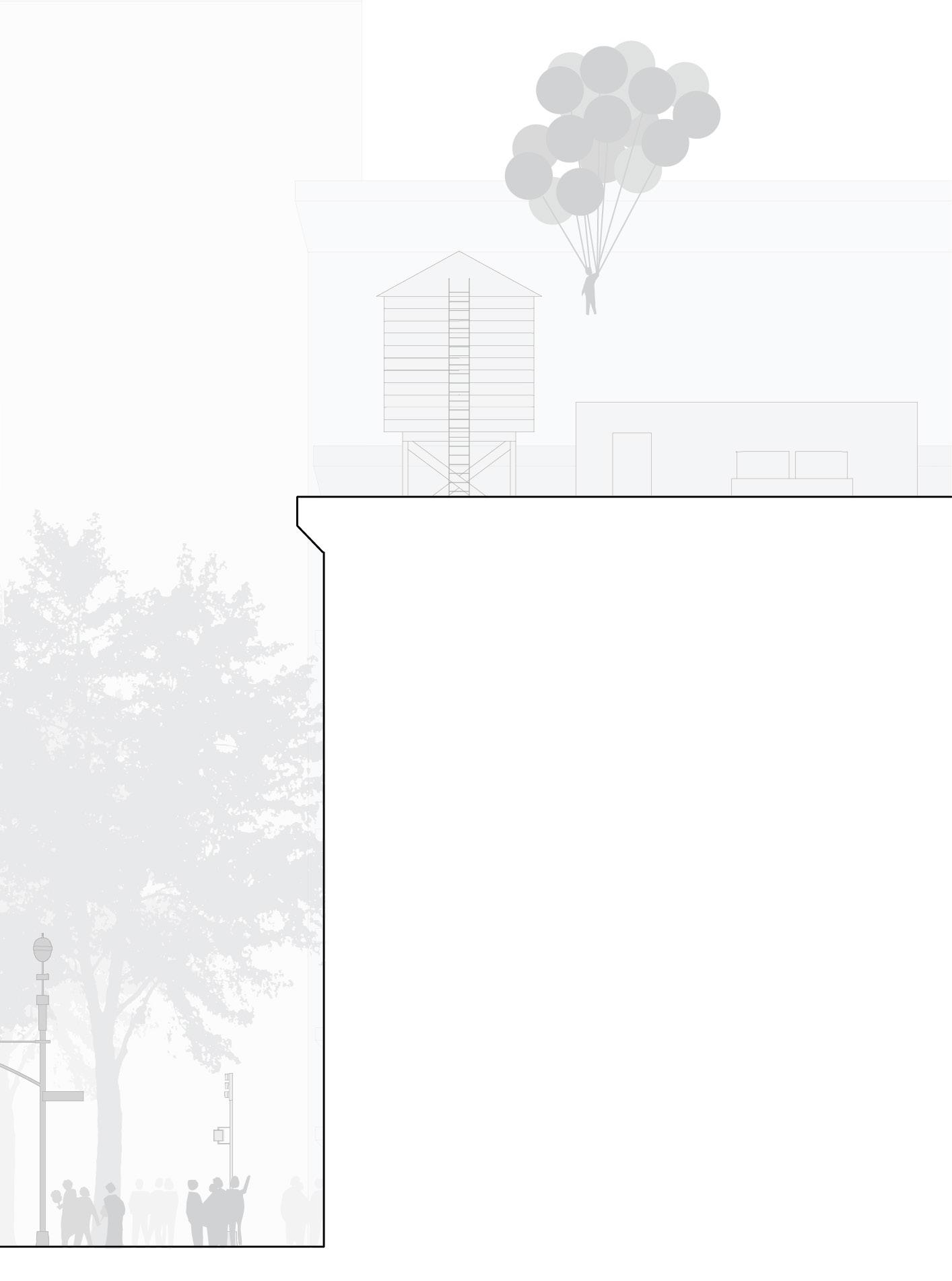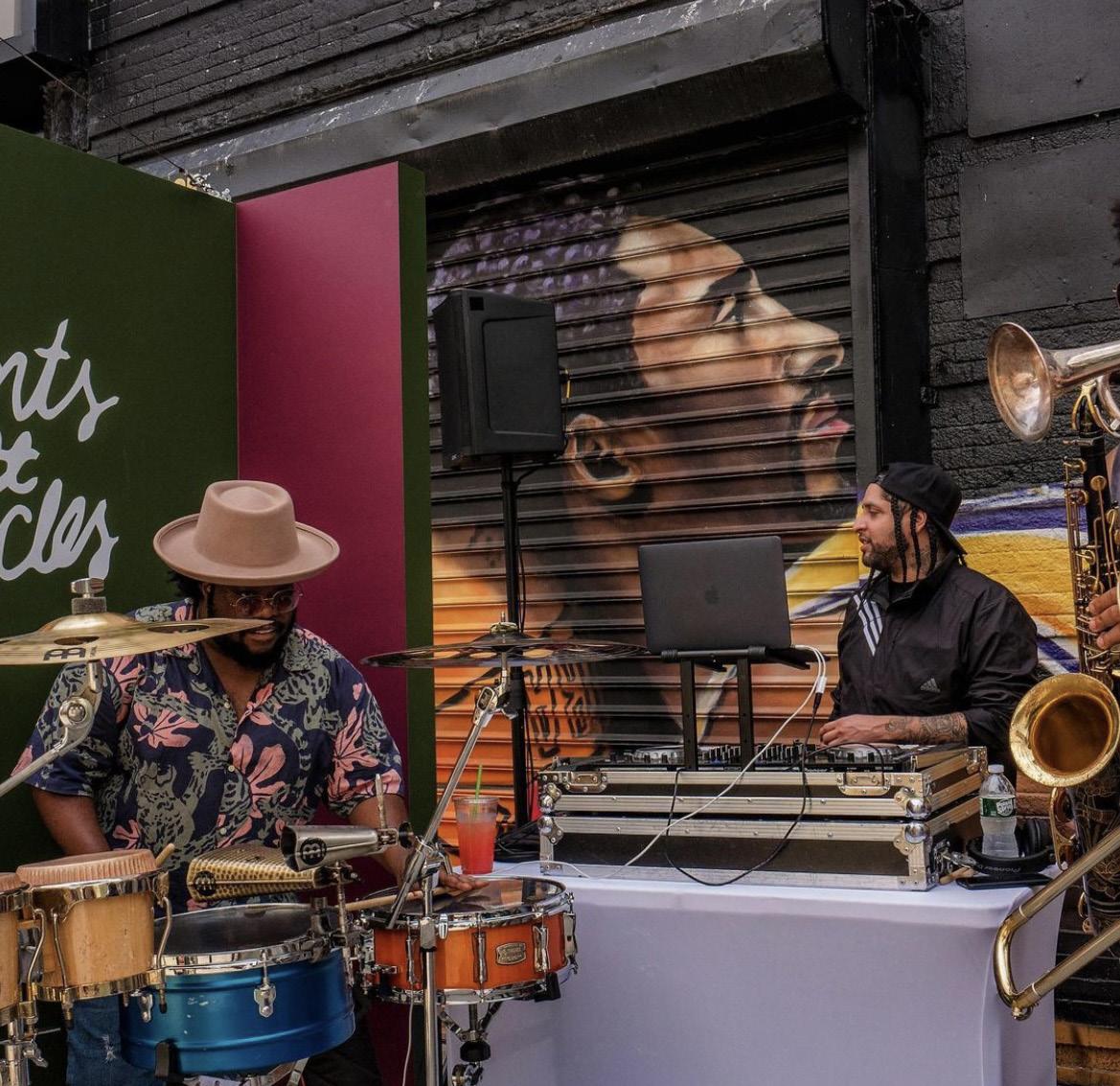Series
Projects dedicated increasing interest and visibility in specific topics.
Built objects conceptualized, then realized to existence.

Series
Projects dedicated increasing interest and visibility in specific topics.
Built objects conceptualized, then realized to existence.
Housing for the Community, By the Community.
ARCH 301 : Edgar Papazian | Individual | Forest Hills, NY | 2022
Communitates Plures deals with how a community can be built by a community. Using a super structure of GLT and CLT columns, beams and panels, an environmentally sustainable and conscious building is able to be formed. By allowing each individual resident or family to choose the layout of their pre-fabricated unit, one is able to acheive a high level of autonomy and customization, taking into consideration the backgrounds of all of the residents set to exist in this new housing com-
plex. 65% affordable, low income housing coupled with 35% unhoused individuals being homed makes for an apartment that gives back to the community and those who live in Forest Hills. Community benefitting programs like shared communal gardens, fridges, spaces and more allow each resident to feel at home in the larger scheme of things. Each floor houses its own little community, which lends itself to the title of the complex, Communitates Plures meaning ‘multiple communities’ in Latin.


Cross laminated timber (CLT) is utilized as the floors throughout the building, while glue laminated timber (GLT) acts as the secondary and tertiary structural components. An elevator and stair system runs through the center of the building, anchoring the edifice to the site.







Each floor plan and community level of the building holds a completely different layout, allowing for the apartment units to be chosen by each resident. Depending on the socio-economic status, lifestyle necessitations and space requirements, each family or individual can pick the unit that best fits their needs. The structure is built first and the apartments are pre-fabricated offsite and pulled into the site based on which layout the resident decides upon. The building, as a whole, utilizes natural light through the erection of a Bendheim wall system, which seperates the exterior from the interior, whilst still allowing for the wanted outside elements to puncture throughout the structure. The studio and one bedroom layouts utilize a 10’ ceiling while the two bedroom and three bedroom apartments utilize a double height 20’ space, which makes each individual apartment apparent from the outside of the building.







An Atypical Housing Complex to Benefit the Unhoused
ARCH 201 : Gertrudis Brens | Individual | Siteless | 2021
Creating communities for the unhoused to reassimilate into society is an important aspect in the journey to combat this humankind-wide epidemic. Drawing upon theories proposed by Shigeru Ban and Peter Eisenman, the Unhouse for the Unhoused aims to provide a new, dynamic form of shelter for those who find themselves without housing. The complex is formed from the idea that typical housing formats can be reimagined and reconfigured to specifically
meet the needs of a group of people that necessitates it the most. By creating a completely reconfigurable matrix of modules for unhoused individuals, a sense of autonomy and self sufficiency is able to be recognized and achieved, furthering their reassimilation into society. Each module within the structure of beams is able to be moved based on the individual’s wants and needs, and the housing complex as a whole can be moved to meet specific requirements.



Peter Eisenman, an architectural theorist, created a series of houses that aimed to reevaluate the theme of a typical home. By working with beams as the main structural component, he creates a series of intricate spaces that are then highlighted by using walls and floors. The idea that the structure is not solely implemented as an architectural necessity, but as an essential part of the design, with the spaces being built around it was revolutionary and provided an interesting thesis.
Shigeru Ban’s Nine Square Grid House draws off of the idea of configurability and reconfiguration, allowing the user to make full use of the space based on preference, intent and accessibility. The use of load bearing walls on either side of the space to support the roof allows for the partition walls in the center to be utilized to its full extend. By using sliding walls in the house, different moments and rooms are configured and reconfigured based on a plethora of factorsnumber of people, intent of space, views. The use of the nine square grid, apparent in both plan and section, allows for a sense of intentional organization.
01
SLEEP; REST Reconfigurable walls to accomodate four individuals.
02
STUDIO; CREATE Folding walls to create four tables / workspaces.
Each module within the housing complex’s beams is able to be shifted and rearranged based on the individual’s explicit needs and wants. Furthermore, the edifice as a whole is able to shift within the site, allowing for a full sense of choice and self dependency. Aggregating the housing complex to host multiple unhoused individuals can create a strong sense of a common communal value and will allow indiiduals to create connections and relationships within the community.
03
BATHROOM; CLEANSE Folding shower for privacy from other elements.
04
RECREATION; DINE; REST Folding armatures for groups to gather and recreate.
‘Unhoused’ residents utilize communal space.
Multiple ‘Unhouse’ dwellings take form in site.



LAGI Competition Submission | Group | Mannheim, Germany | 2022
Productive Frictions: E³ is a green energy efficient park designed to incorporate a productive energy landscape that can significantly contribute to Mannheim’s renewable energy generation capacity. The site was federal owned until recently, following the closing of the U.S. Military’s Spinelli Barracks. In order to keep a piece of the city’s history relevant, the planning and organization of the park was influenced by the Spinelli Barracks historical map. Observing the scale of the urban context on the surrounding Mannheim city aided in maintaining the scale and connection to the encompassing environment. In addition to the existing factors the design has three other contributors: engaging ecology, producing energy, and storing energy. Throughout the western end of
the park is a series of ecology systems, consisting of carbon sequestration trees, community gardens, animal therapy, and tree nurseries. A total of 838 poles of various types cover the entire site; they produce energy, ecology, economy, and sequester carbon. The 2-meter-tall modules within the E³ poles are stacked and interchanged to adapt to the nature of the public space it is located. In addition to the E³ poles, 31 large solar panels are spread across the site generating about 350 MWh of electricity yearly. These large solar panels are connected and interact with the E³ poles to generate electricity, provide shade, and add visual interest to leisurely activity. Potential excess energy production can be stored on site using the Closed Pumped Storage Hydropower (PSH) technology.







Research on the Demilitarized Zone in Korea
axu studio | Dongsei Kim & Julia Andor | Ongoing
In collaborating with Professor Dongsei Kim, the developement of his research on the significance of borders, the Korean Demilitarized Zone and Korean identities is explored and represented further. The research is deeply rooted in the idea of mapping and its role in architecture, both as a tool and as a means of impacting projects at a variety of different scales. Through the efforts of this research, a plethora of ideas, theories and significances are shown. Researching
Korean history and visually representing its impact on the formation of the manmade border of the DMZ and exploring historical maps to obtain information on all of the villages and towns impacted and erased with the establishment of the DMZ are some of the key projects and issues worked on during the duration of the current research assistantship. The ideas and theories based in urbanism and Mapping the DMZ is key in understanding the fabric of the Korean border.













‘ The Forgotten 533 ’ is a conceptual mapping project rooted in history. When the DMZ was erected as a border, 533 villages, townships and cities lost their identity and purpose, only to be remembered through armistice maps.


05 Research

140 African American AIA Fellows
Beyond the Built Environment | Pascale Sablan + Researchers | 2022
SAY IT LOUD is an exhibit featuring projects by women and diverse design professionals, as well as interviews about their experiences in the architecture and design professions. This exhibit shares, protects and celebrates the journey of the underrepresented to inspire the next generation. SAY IT LOUD at The Octagon in Washington, DC includes a special component featuring Black architects from The American Institute of Architects’ College of Fellows, which highlights an
often marginalized group of architects and expounds upon their acheivements despite adverse situations. The exhibit has also been picked up by the National Building Museum. Student researchers from Yale, Harvard, RPI and Cal Poly Tech, as well as myself created profiles for each and every one of the 140 African American AIA Fellows, conducting extensive research that best exemplified these wonderful architects and their impact on the architectural profession.


Each profile highlights key facts and information about the AIA fellow that is being uplifted, including an in depth biography, featured project and project details. These items help to identify the architects’ role in the project as well as showcase their work, something that may not be as well known or spoken about.







Oversky is a response to how households can reduce their emissions within the urban environment. As a total, private households are one of the biggest contributors to the emission of greenhouse gases. These emissions are often related to a city’s infrastructure such as energy and water supply and waste management. Oversky is Framlab’s proposal to a larger transformation by redefining how we look upon and use our residential habitat. Conceived as a multi-story building suspended above the street that
connects households in adjacent buildings, Oversky centralizes various functions while using environmentally friendly materials that would be able to reduce combined emissions. The project is focused on sharing resources and targets big cities where its positive impacts could be pooled by entire neighborhoods. If cities will continue to be important hubs for people and the world economy, perhaps we need to change our perception of what it means to live in a city.
- Andreas Tjeldflaat, Founder of Framlab
01. Cirrocumulus clouds are high-altitude tropospheric clouds that are short-lived, transitional and wispy in nature.
02. Cumulus clouds are detached, individual tufts of that are spotted in fair weater conditions.
03. Stratus clouds are low-level layered tyoes and hold a nebulosus form that is persistent over long periods of time.



Summer Internship | Team | Brooklyn, New York | 2021

Commisioned by the vegan Caribbean cafe, Aunts et. Uncles, and the sneaker and street wear company, Snipes USA, the Aunts et. Uncles x Snipes Juneteenth Pop-Up aimed to create a sense of gathering and community on the streets of Brooklyn, in honor of Juneteenth. Downtown Brooklyn has always been a central meeting
ground for neighborhoods within the borough, and the special installation allowed visitors to immerse themselves in a full on celebration of black history and excellence. The exhibition, displaying words and art in conjunction with the celebration, was curated and designed in honor, celebration and reflection of the black fight for freedom.

Drawing upon the pre-existing sidewalk dimensions, a nine square grid proportion system is created on the site. The idea to place the modules upon the grid (informed by sidewalk joists) is clearly represented in the direct affirmation of the spaces being used. Breaking up the nine square grid into a series of smaller grids allowed the rules to be created, then expanded upon, and broken, creating a dynamic space that dynamically adheres to the site.


There Was So Much Love, Joy and Freedom In The Air. Freedom in a Sense of Having A Clear Mind.



@auntsetuncles


By exploring modes of graphic representation in a different manner, architectural thinking and design theory can be further developed. Sketching and
rendering ideas allows the architect and designer to present their ideas in a completely different manner than the simple ideals of plan, section and elevation.









